Castle History
The McDonnell (or MacDonnell) family first came to Glenarm from Scotland in the late 14th Century when John Mor MacDonnell married Marjory Bisset, who was heiress to the Glens of Antrim. At that time their castle lay on the other side of the Glenarm river, where the village lies today.
Glenarm Castle was built on its present site by Randal MacDonnell, 1st Earl of Antrim in 1636. However only six years later, in 1642, the house was burned by a Scots Covenanter army who were attacking the royalist MacDonnells and so it remained a roofless ruin for ninety years.
During this period the Antrim family lived first at Dunluce Castle and later at a house called Ballymagarry, but a wing was built onto the ruin at Glenarm where the family would stay when they were visiting the southern end of their estate, which at its peak covered roughly 330,000 acres of County Antrim.
Ballymagarry burned down in 1750, so in 1756 the 5th Earl of Antrim invited an engineer from Cumbria called Christopher Myers to come to Glenarm to rebuild the ruin. Myers transformed it into a grand Palladian country house with curving colonnades ending in pavilions on either side, one of which contained a banqueting room. The lime trees that now arch over the driveway were planted and gardens were planned in a network of walled enclosures. The 6th Earl had even grander plans to extend but when he died in 1791, this all came to an abrupt halt. He left no sons, so his eldest daughter, Anne Catherine, became Countess of Antrim in her own right. In 1799 she married Sir Harry Vane-Tempest, who decided to ‘Gothicise’ the building. The colonnades and pavilions were demolished and Gothic windows installed.
Sir Harry died in 1813, but after Anne Catherine remarried four years later, her new husband Edmund Phelps engaged William Morrison of Dublin, who designed a Tudor Gothic scheme similar to one he had devised for Miltown House in Kerry. Morrison also castellated the river wall and created the Barbican Gatehouse similar to one he had created for Borris House in County Carlow.
In 1929 a fire gutted the main block. It is believed to have been caused by the housekeeper’s bedroom fire, which she kept going to keep the 11th Earl’s featherless parrot warm. Unfortunately the reconstruction of the house in the 1930s was a little unimaginative and some interesting features such as the Gothic windows were lost. However, in 1934 Randal, 13th Earl of Antrim married Angela Sykes a professional sculptor and under the guidance of the author Robert Byron she started sculpting the nine planets as caryatids in the hall. She subsequently turned her attention to other rooms of the house, painting walls and cornices with her interpretations of family history and classical mythology.
William Morrison’s wing was largely destroyed by another fire in 1967, although the old kitchen survives as the family’s private kitchen, the only room to be in continuous use since the early 18th century.
While Glenarm Castle is still first and foremost a family home, we welcome visitors on selected dates during the year, as well as group tours by appointment.


